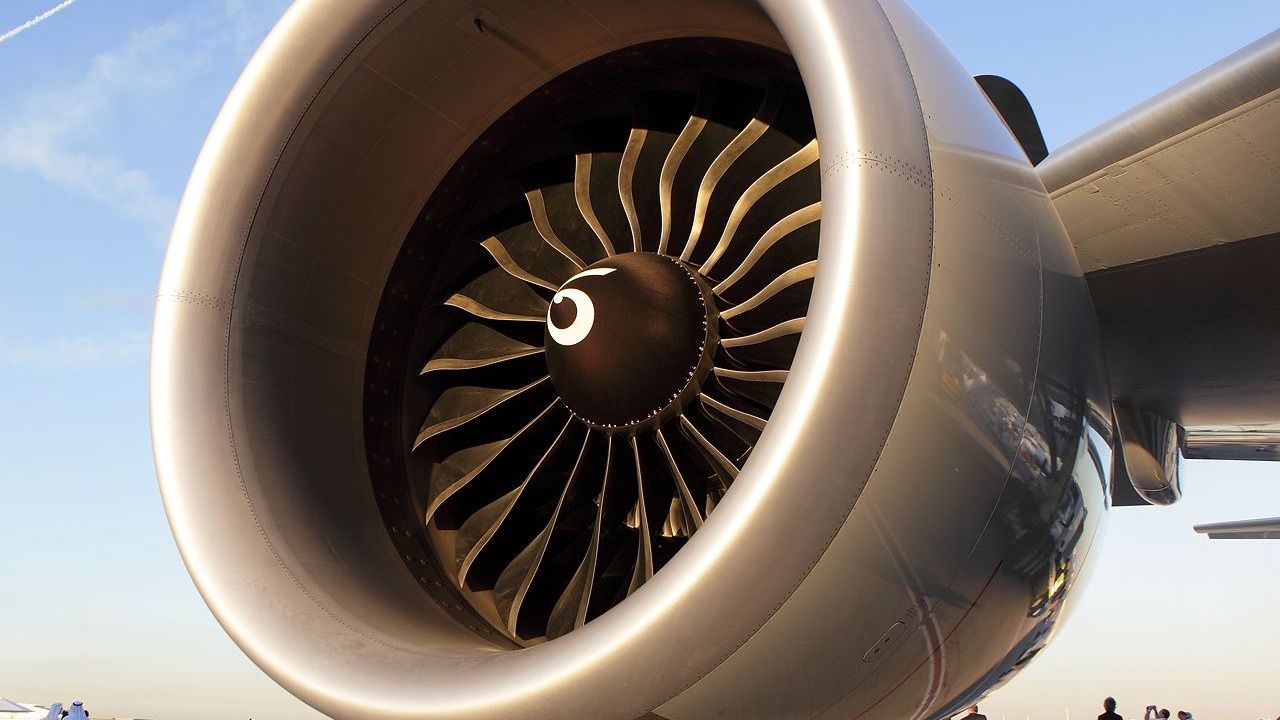Jet engines use a compressor to draw in air. These compressors are unimaginably powerful, capable of sucking in around 1.2 million tons of air per second. This suction can be powerful enough to lift and suck in an adult human being, even when the engines are idling.
Objects sucked in by aircraft engines include maintenance tools, ramp equipment, food and even birds. But the likelihood of this happening often depends on how well safety protocols and precautions are followed. So it is not something that happens every moment.
Therefore, it is vital to adhere to the security measures established at airports and similar locations to avoid such dangers. The Grumman A-6 Intruder is one of the most notorious US aircraft for such disasters, while 737s, L-1011s and DC-10s have a similar reputation among airlines around the world.
In such a scenario, it is unlikely that a human being would survive, and those who do survive would have lost a limb in the process of being rescued. The reason why a person cannot survive being sucked in by an airplane engine is basically based on the principles of jet engine operation. Therefore, staying close to an airplane engine at the specified distances can be fraught with these dangers.
But what exactly is this safe distance?
The blades in the plane's engine rotate rapidly, usually between 1,000 and 20,000 times per second, to push 1.2 million tons of air per second into the engine. Even if these blades are not sharp, their high speed is enough to make them deadly. So the first thing that happens to a person when they are sucked into an airplane engine is that these blades try to cut them into millions of tiny pieces.
The safe distance to stay away from these engines varies depending on the size of the airplane and the power of the engine. For example, when a Boeing 737-800 is powered by twin CFM International CFM56 engines, the minimum safe distance is approximately 4.2 meters, while when a Global 7000 is powered by twin GE Passport engines, the minimum safe distance is 1.67 meters.















